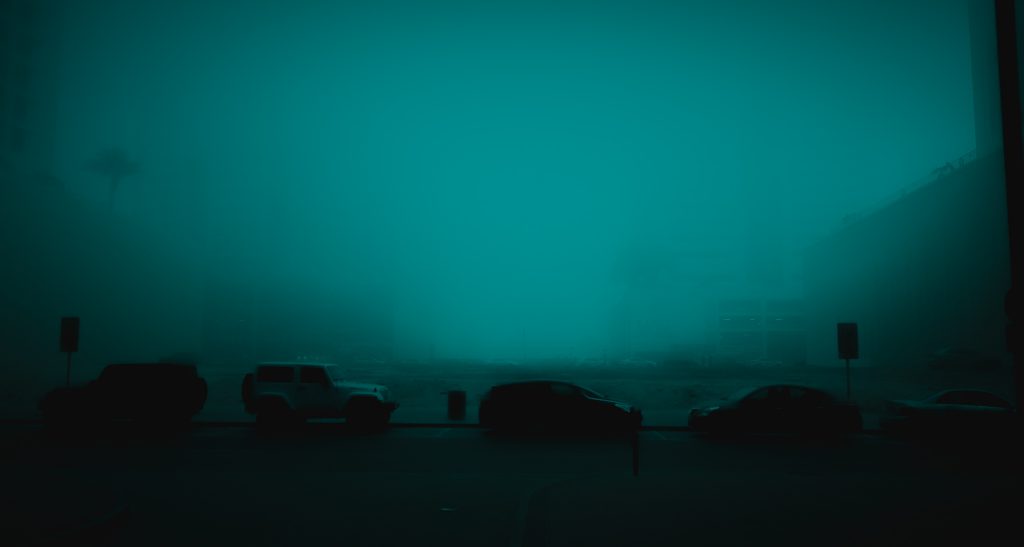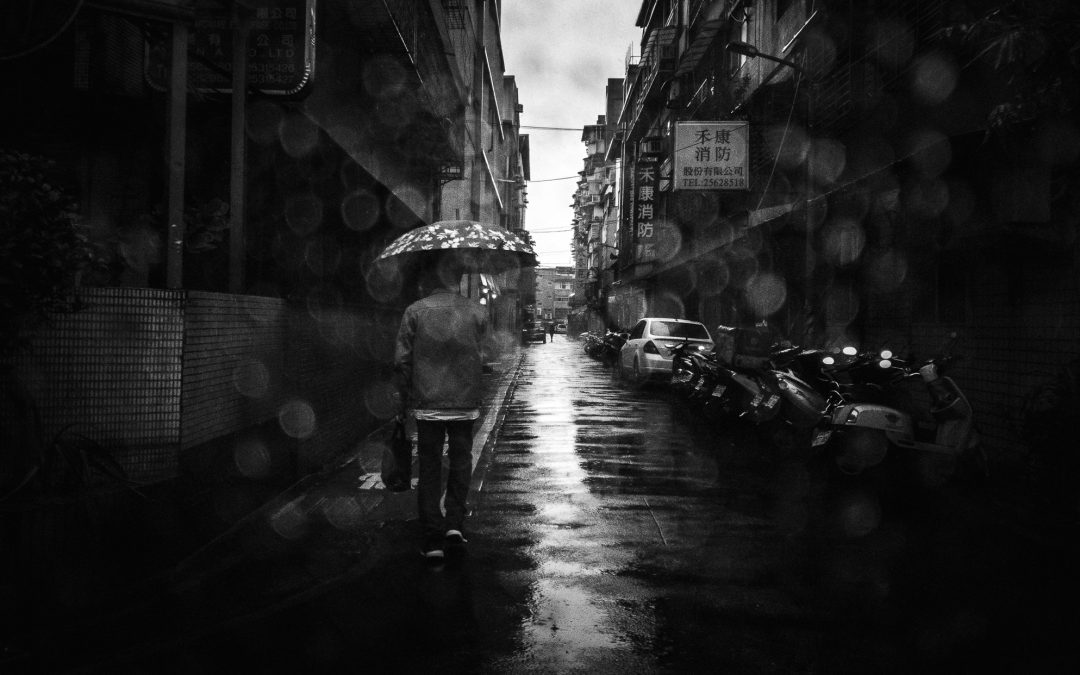One semi frequent question I get on Instagram AMAs is, can you take good street photos on a mobile phone?
The answer to this depends on a few factors. Phones aren’t ideal for photography if compared head on to a dedicated camera, but you can still do well despite shooting on a phone. How easy it’ll be will depend on a few factors - night photography, especially night street photography - will be a lot more challenging than daytime photography when you have plenty of light available.
Whether I would recommend people to start photography on a phone also depends - I think if you can afford a starter camera, that will always be a better choice. A 200usd mirrorless will still easily outperform a 1000usd iPhone when it comes to stills, and will be more comfortable and versatile to learn and shoot with. See this page for my camera recommendations for every budget.
However, if your budget is less than 200usd, at that point I’d recommend saving until you can afford a camera and learn how to shoot and edit with a phone in the meanwhile.
Personally, I don’t like shooting with a phone. But recently, I’ve had to do some phone photography because I’ve been dumb enough to not take my camera with me on a few occasions that turned out to be ideal for photography.
I don’t like phone shooting because the ergonomics aren’t comfortable, and as I do mostly night photography, the shortcomings of a tiny smartphone camera sensor are on obvious display. I have a note10+ which shoots RAW, but the files that come out as RAW are soft and very noisy with a not very impressive dynamic range. JPEGs actually look better due to the huge amount of automatic digital improvements added to compensate for the lackluster hardware. And again, as far as smartphone cameras go, this one is one of the best on the market. So as far as phone vs. camera goes, it’s not even close… if you have the choice.
That said, the question wasn’t which one is better, but rather, what kind of results can one get with a phone. Let’s start with daytime shooting. I will add some examples I’ve taken on my phone below.
Daytime Street Photos Taken on Samsung Note10+

First, we have a very foggy morning in Dubai. This was a gorgeous day in terms of photography, at least if you’re like me and love dark, moody days. Taking photos during daylight wasn’t a problem, it was still a bit dark but I’ve brought the exposure and shadows further down in lightroom. As always, editing is half the battle. Having a proper camera for this scene actually wouldn’t have made a difference, as there was plenty of light and fog makes everything softer, so one won’t even notice the sharpness difference - because we don’t need sharpness for a foggy scene.
This is very much a snapshot. I was working on my black and white photography, and during the day when working with hard contrast and sunlight, using a phone was OK and didn’t make much difference. I know the shot is nothing to write home about, but demonstrates that these type of photos can easily be taken on a phone.
Next, we have a shot taken out of a moving taxi during a rainy day in Taipei. I was using manual mode to push the shutter speed to 1/1000s as the taxi was moving, but because it was daytime I could get away with that without pushing my ISO beyond 200. Still, some noise is starting to be apparent. It’s on the limit of acceptable for me.
This is a shot from the same taxi ride, showing that thin depth of field is actually doable on a phone - as long as you can get really close to your subject. If you’re not shooting ants or waterdrops, forget it. This shot looks better as I was able to decrease my shutter speed and ISO in the process because I was shooting inside the cab, not having to freeze movement outside.
Night Photography on my smartphone
When doing night photography on a phone, you’re having to compromise something constantly, usually your shutter speed as bumping ISO beyond 800 on these tiny sensors will look hopeless. You’ll have to shoot manual mode, so if you’re unfamiliar with that, this article might be helpful. Furthermore, editing becomes a must to rescue these images, so it’s good if you can shoot RAW on your phone. Here’s my night photography editing guide.
Anyhow, below are some night photos I’ve taken on my phone.
Taken on a day with really low clouds - I stupidly left my camera at home but still tried to shoot on my phone for fun. These files were quite soft, so I focused on a soft glow on the edits instead of trying to go against it and sharpening in post.
Taken on the same day from a nearby mountain (elephant mountain), I was able to use a makeshift waterbottle-tripod for long shutter speed, and could even stop my F-stop down to f2.4 which was an unheard of feature on a phone before this generation. Shot in RAW and edited in Lightroom. Despite all this, the photo still appears on the limit of acceptability for me, you can clearly see the softness. A handheld snapshot at ISO 6400 on my A7iii would have still looked better.
This is a random snap I took in Kuala Lumpur on my phone, sharpened and turned to BW on Lightroom.
I did a test shoot to see if I could take decent night street photos on a phone, but honestly I didn’t get any results I was too happy with. They all look like “phone photos” to me.
Neon night street photography attempt on a phone. This is the best I could do after editing it.
To sum it up, phones work well in daylight with plenty of light available, especially for landscape scenes. For street photography at night, they still struggle to keep up with proper cameras. If you don’t care about shooting people, sharpness, or depth of field, and have access plenty of light, real or artificial, then phones are acceptable cameras. In all other cases, they compromise your photography and you have to work harder to create something worthwhile. They can be a good way to force yourself to improve by limiting yourself, but even then, I’d choose an analog film camera instead - similar limitations, but better ergonomics and more fun.
The reason phones aren’t going to dethrone cameras anytime soon, at least in my opinion, lies in their hardware limitations. It seems that manufacturers are not interested in increasing the sensor size of the smartphone camera, because it would make phones too big (in thickness). Instead, smartphone photography is being improved by adding multiple lenses, multiple cameras in the back, and software improvements. These are fine for casual shooters and normal people, and obviously it doesn’t make any sense to sacrifice the look and feel of a phone to please a niche market of serious photographers who already have a camera anyway. But a bigger sensor is the difference maker when it comes to low light performance, image quality and many other factors. Contrary to popular belief, megapixels mean nothing on a tiny sensor - a 100mp camera on a smartphone will just produce bigger files, but add nothing to the quality of a picture. Still, doesn’t stop companies from using it as a marketing gimmick.
As per my understanding we are inching closer and closer to the psychical limitations of making components smaller, and as we are nowhere close enough to creating quantum smartphones, we might not be able to fit a large sensor inside a smartphone in the near future. Furthermore, larger sensors require larger lenses, which makes size concerns even worse. This leads me to believe that we won’t see cameras going extinct anytime soon.

